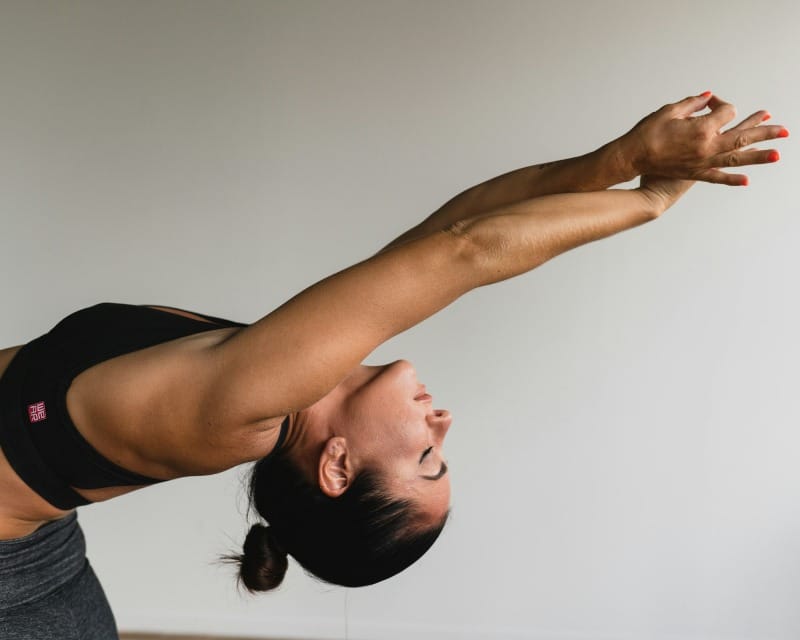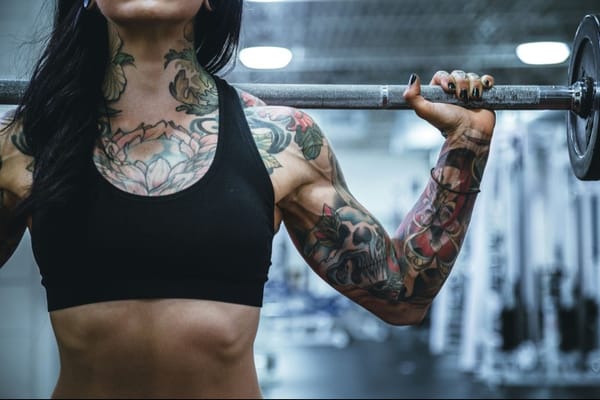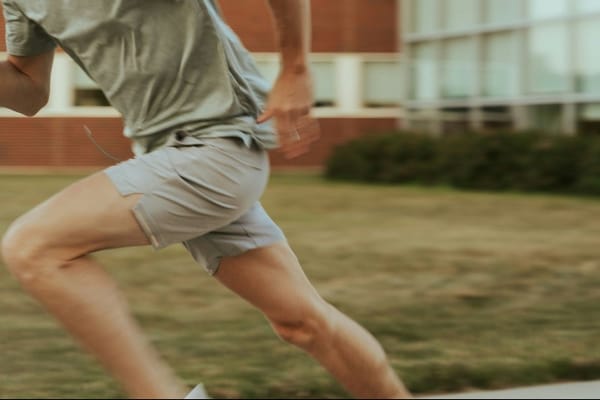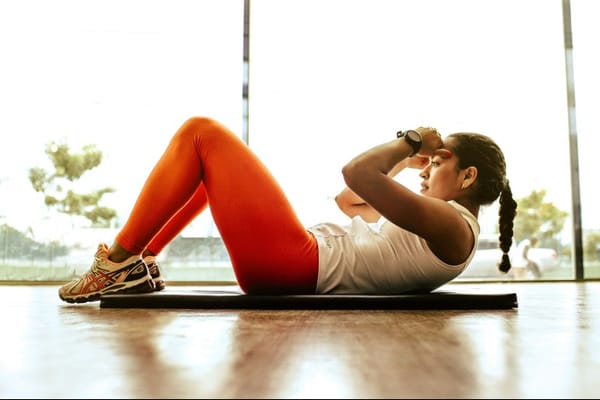Embarking on a yoga journey can be both exciting and intimidating for beginners. This ancient practice offers a holistic approach to physical and mental well-being, combining breath work, physical postures, and meditation. As you start your path to inner peace, remember that yoga is a personal journey, and progress comes with consistent practice and patience.
Key takeaways:
• Yoga combines physical postures, breathing techniques, and meditation
• Regular practice can improve flexibility, strength, and mental clarity
• Start with basic poses and gradually progress to more challenging ones
• Focus on proper alignment and breathing to maximize benefits
• Consistency is key - even short daily sessions can yield significant results
Understanding yoga basics
Yoga is more than just physical exercise; it's a comprehensive system for holistic well-being. At its core, yoga aims to unite the body, mind, and spirit through various practices. For beginners, it's essential to understand the fundamental components:
Asanas (Postures): These are the physical poses that form the backbone of yoga practice. They range from simple seated positions to more complex balancing and inverted poses.
Pranayama (Breath Control): Breathing exercises are crucial in yoga, helping to calm the mind and energize the body. Proper breathing techniques enhance the benefits of physical postures and promote relaxation.
Meditation: While often practiced separately, meditation is an integral part of yoga. It helps cultivate mindfulness and inner peace.
Getting started with basic poses
For beginners, it's best to start with simple poses that build strength and flexibility gradually. Here are a few foundational poses to begin your practice:
- Mountain Pose (Tadasana): This seemingly simple standing pose helps improve posture and body awareness.
- Child's Pose (Balasana): A restful pose that gently stretches the back and hips while promoting relaxation.
- Cat-Cow Stretch (Marjaryasana-Bitilasana): This flowing sequence warms up the spine and improves flexibility.
- Downward-Facing Dog (Adho Mukha Svanasana): A key pose in many yoga sequences, it strengthens the arms and legs while stretching the entire body.
- Warrior I (Virabhadrasana I): This standing pose builds strength and stability while opening the chest and hips.
Remember to focus on proper alignment and listen to your body. It's normal to feel some stretch or effort, but you should never experience pain.
The importance of breath
Breath awareness is a cornerstone of yoga practice. The most basic breathing technique, known as Ujjayi breath, involves breathing deeply through the nose while slightly constricting the back of the throat. This creates a soft, oceanic sound and helps to:
• Calm the nervous system
• Improve focus and concentration
• Enhance the mind-body connection
• Increase oxygen flow throughout the body
As you practice poses, try to synchronize your movements with your breath. This coordination helps create a meditative flow and deepens the benefits of your practice.
Creating a consistent practice
Consistency is key when starting a yoga journey. Here are some tips to help you establish a regular practice:
- Start small: Even 10-15 minutes of daily practice can make a difference.
- Set a specific time: Choose a time of day that works best for your schedule and stick to it.
- Create a dedicated space: Designate an area in your home for yoga practice.
- Use props: Yoga blocks, straps, and blankets can help make poses more accessible.
- Be patient with yourself: Progress takes time, so focus on the journey rather than perfection.
Exploring different styles
As you become more comfortable with basic poses, you may want to explore different yoga styles. Some popular options for beginners include:
• Hatha: A gentle, slow-paced style focusing on basic poses and breathing
• Vinyasa: A more dynamic style that links breath with movement
• Yin: A slow-paced style that involves holding poses for longer periods
• Restorative: A relaxing style that uses props to support the body in restful poses
Try different classes or online videos to find the style that resonates most with you.
Embarking on a yoga journey can be a transformative experience, offering benefits for both body and mind. As you begin your practice, remember to approach it with an open mind and a spirit of self-compassion. With time and dedication, you'll likely find that yoga becomes not just a physical exercise, but a valuable tool for cultivating inner peace and overall well-being.
Ready to start your yoga journey? Consider trying a beginner's yoga class at a local studio or following along with a reputable online yoga instructor. Remember, the most important step is simply to begin 🧘♀️
References:
Woodyard C. Exploring the therapeutic effects of yoga and its ability to increase quality of life. Int J Yoga. 2011;4(2):49-54.
Cramer H, et al. Effects of yoga on cardiovascular disease risk factors: a systematic review and meta-analysis. Int J Cardiol. 2014;173(2):170-183.
Ross A, Thomas S. The health benefits of yoga and exercise: a review of comparison studies. J Altern Complement Med. 2010;16(1):3-12.
Field T. Yoga clinical research review. Complement Ther Clin Pract. 2011;17(1):1-8.
Büssing A, et al. Effects of yoga interventions on pain and pain-associated disability: a meta-analysis. J Pain. 2012;13(1):1-9.














Member discussion